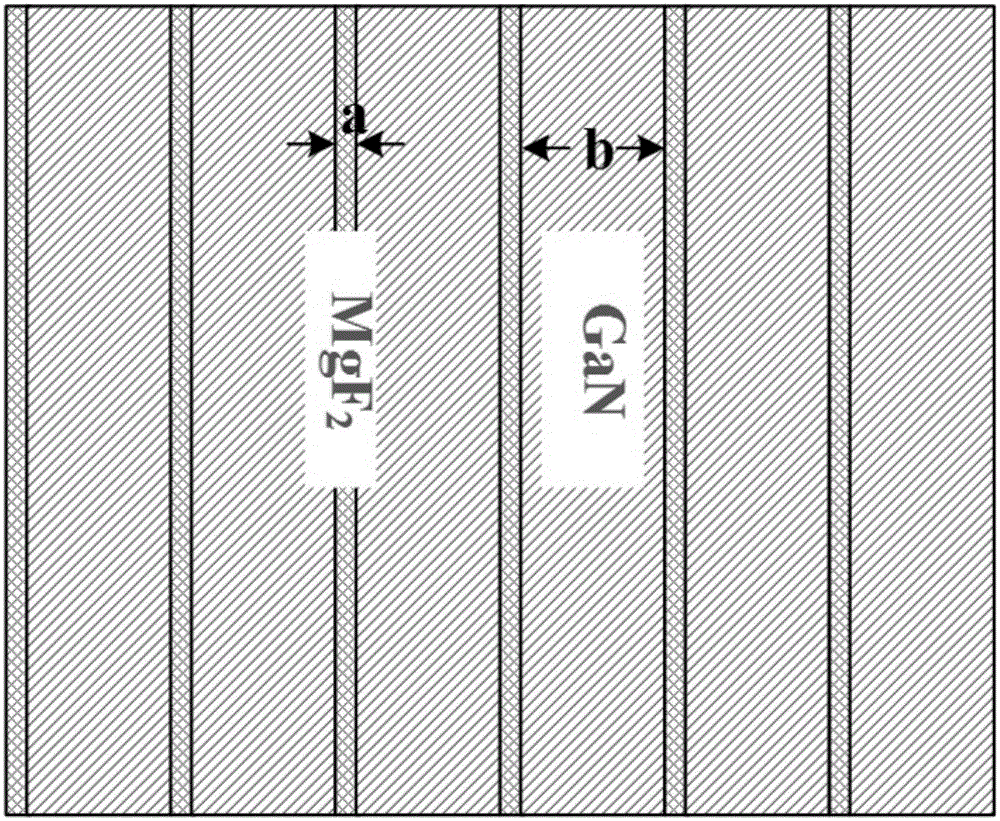Method for designing focus-length-controllable and one-dimensional photonic crystal flat concave mirror
A dimensional photonic crystal and design method technology, applied in the direction of light guides, optics, optical components, etc., can solve the problems that can only be realized near the lens surface, cannot propagate a long distance, and is difficult to achieve effective applications, etc., to shorten the design Cycle, simple design method, easy-to-manufacture effect
- Summary
- Abstract
- Description
- Claims
- Application Information
AI Technical Summary
Problems solved by technology
Method used
Image
Examples
Embodiment Construction
[0024] The present invention will be further described below in conjunction with the accompanying drawings and specific embodiments.
[0025] Design a one-dimensional photonic crystal plano-concave lens with controllable focal length. The plano-concave mirror is composed of one-dimensional photonic crystals with two materials A and B alternately arranged. The structural parameters of the photonic crystal are used as the unit, the thickness is fixed, and the inner diameter is from bottom to top. Incrementally stacked rings are formed, and the exit surface is a concave surface formed by connecting the upper edges of adjacent ring layers, and its focal length in the visible light band is 6.5 μm.
[0026] First, determine that the light wave band of the plano-concave mirror is in the visible light band, and select two materials MgF after calculating the dispersion relationship of the one-dimensional photonic crystal 2 and GaN, the refractive indices of the two are 1.38 and 2.67, r...
PUM
 Login to View More
Login to View More Abstract
Description
Claims
Application Information
 Login to View More
Login to View More - R&D
- Intellectual Property
- Life Sciences
- Materials
- Tech Scout
- Unparalleled Data Quality
- Higher Quality Content
- 60% Fewer Hallucinations
Browse by: Latest US Patents, China's latest patents, Technical Efficacy Thesaurus, Application Domain, Technology Topic, Popular Technical Reports.
© 2025 PatSnap. All rights reserved.Legal|Privacy policy|Modern Slavery Act Transparency Statement|Sitemap|About US| Contact US: help@patsnap.com



